Commentary
B.
Bulletin
New Zealand's leading
gallery magazine
Latest Issue
B.21501 Mar 2024

Commentary
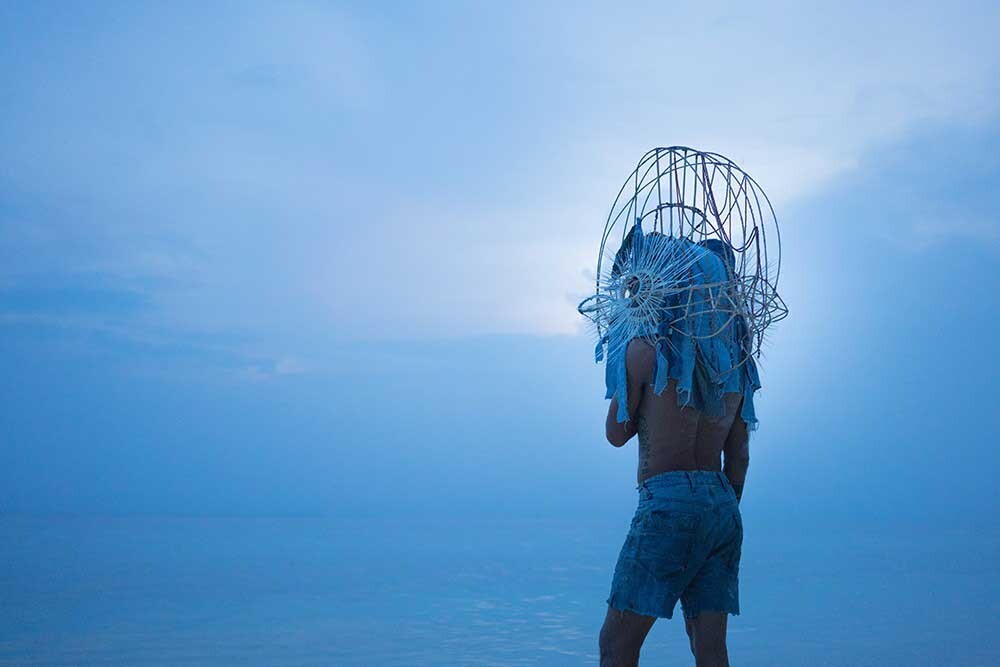
Where in the World? Placing New Zealand in the Pacific
“It is a strange fact that New Zealand can be literally all at sea in the Pacific Ocean, and yet pay that ocean, and neighbours and relations within it, so little attention.”
— Damon Salesa, Sāmoan historian
“… this small and very British country is producing some honest and lively artists whose eyes open upon a land not at all like England, but whose minds are formed in the living tradition of Western culture.”
— Helen Hitchings, New Zealand gallerist
Commentary
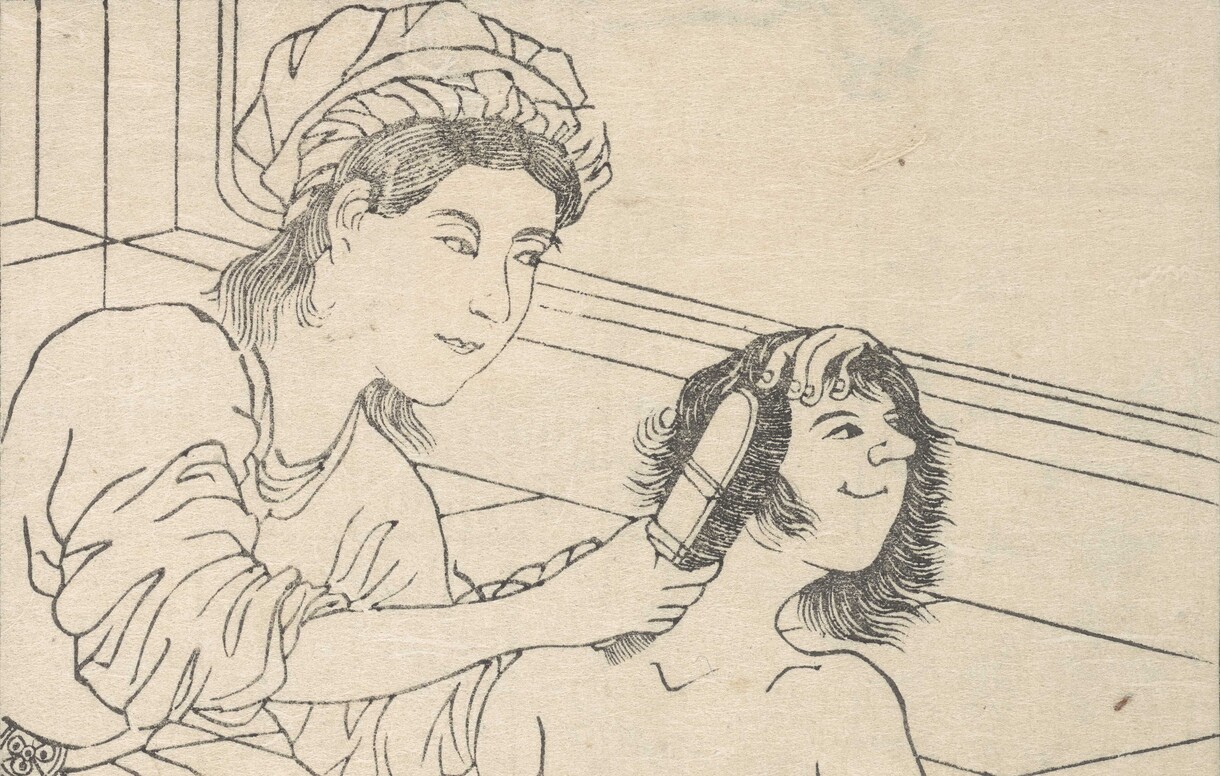
Identities of Journey and Return
It was the novelty of seeing white people rendered by a Japanese artist that tickled me when I first saw Utagawa Sadahide’s woodblock prints of foreigners in Yokohama in the 1860s. There’s something slightly clumsy about the Westerners’ exaggerated noses and the forced rounding of their eyes. You can sense, in these images, the artist’s struggle to detach himself from the conventions of Japanese art and beauty; his lines waver here, unlike his assertive depictions of long, flat Japanese faces in earlier prints.
Commentary
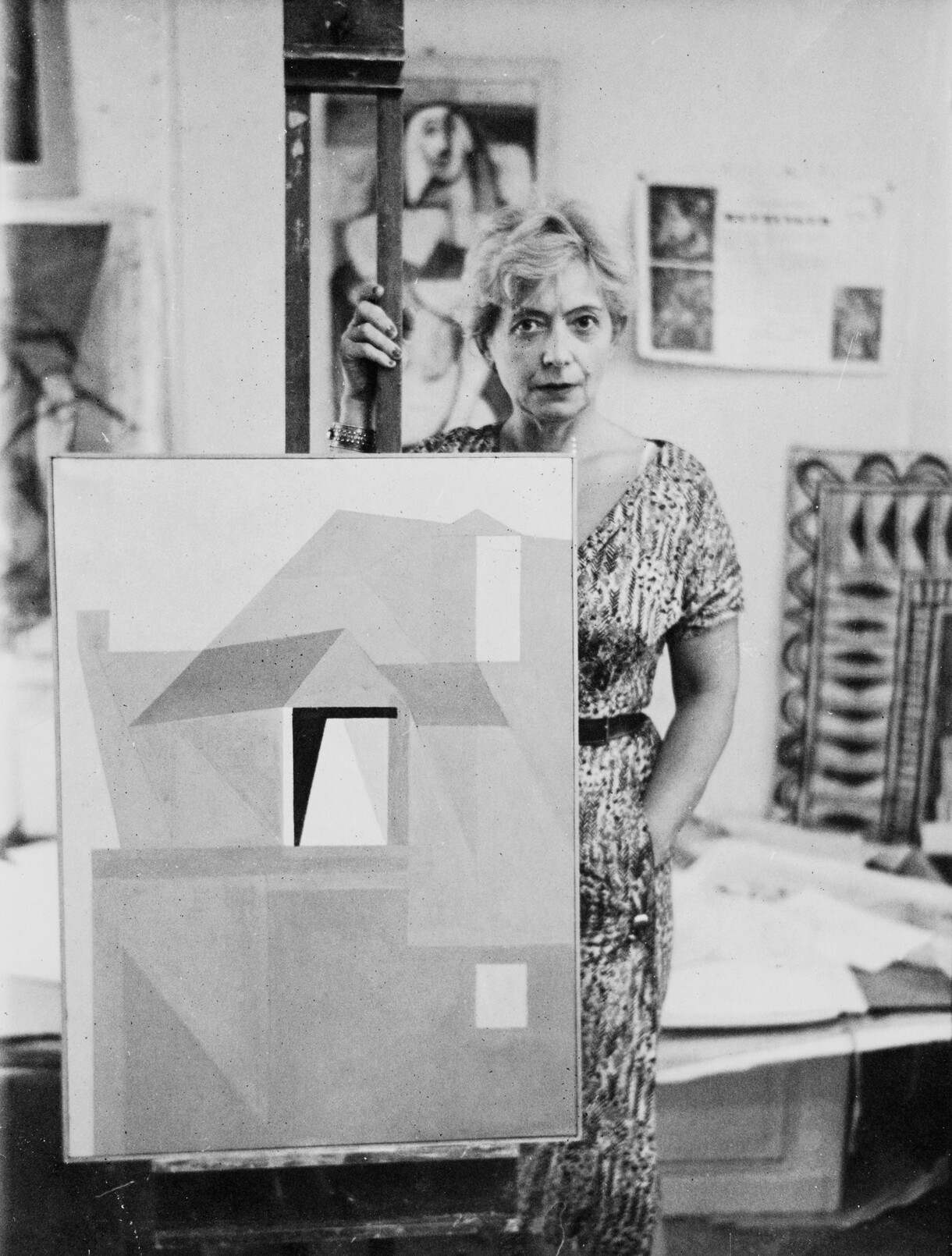
Lessons with Louise Henderson
I first met Louise Henderson in May 1990. I’d recently returned from living in the UK, and moved into what had been her house and studio at 62 Gillies Avenue, Newmarket. The owner, Ross Stevenson, was still in regular contact with Louise at her new home nearby in Sarawia Street, and asked me if I’d like to meet her. I remember being quite nervous at the time and standing at the front door waiting. She didn’t open the door at first, but pulled back the old curtain on a nearby window to see who it was. She recognised Ross so all was well. She was very polite, and more than happy to let me look through the dozens and dozens of paintings that leant four or five deep against the wall in the two front rooms of the old villa.
Commentary

Bulletin Turns 200
A cover photograph of a set of storage racks, a six-digit phone number and a simple address: Botanical Gardens, Rolleston Avenue. The first issue of Bulletin, sent to members of the Robert McDougall Art Gallery in the early months of 1979, was a no-nonsense, four-page, black and white, bi-monthly newsheet promising an informative diet of “news, views and reviews of activities” at the Gallery and “important visual arts news from Christchurch”.
Commentary

The C-Word
It’s been a very strange time. We’ve spent the last month or so asking after each other’s bubbles, and imploring people we barely know to stay safe. Depending on your beliefs, this was the month that the world demonstrated that we could put the interests of people above those of finance, or the end of freedom. Everyone, in every industry and every sector of every society has been affected in some way. But our core business is art, and we’re very conscious of the effects of a global shutdown on artists. It’s too early to know what changes this will bring to our sector, so we’re concentrating on the here and now. If your life is focused on making art, how are you going? We asked eighteen New Zealand artists to send us a picture of their lockdown studio set-up, and asked them a few simple questions.
What’s your Covid-19 studio set-up? Is it the same as pre-lockdown or are you in something more makeshift?
How are you finding this time? Is it hard, or is it a gift of time, or maybe a bit of both?
What are you finding essential during lockdown? Is there a piece of equipment/view/song you couldn’t have lived without?
Here are their responses.
Commentary

Wellcome to Māoriland
London’s Wellcome Collection was founded by Sir Henry Solomon Wellcome (1853–1936) in the year he died. An incredibly successful US-born, British pharmaceutical entrepreneur, Wellcome had a penchant for collecting medical and health-related artefacts, which formed the basis of the Collection. He didn’t restrict himself to the more obvious examples of early medical technology, however, but also collected in the area of folk remedies and indigenous cultural objects, which were largely acquired through London auction houses. Browsing the Wellcome Collection’s online catalogue, Aotearoa New Zealand photographer Fiona Pardington (Kāi Tahu, Kāti Mamoe, Ngāti Kahungunu, Clan Cameron) encountered what at first glance looked to be a number of heitiki; however, on closer inspection they did not seem quite right.
Commentary
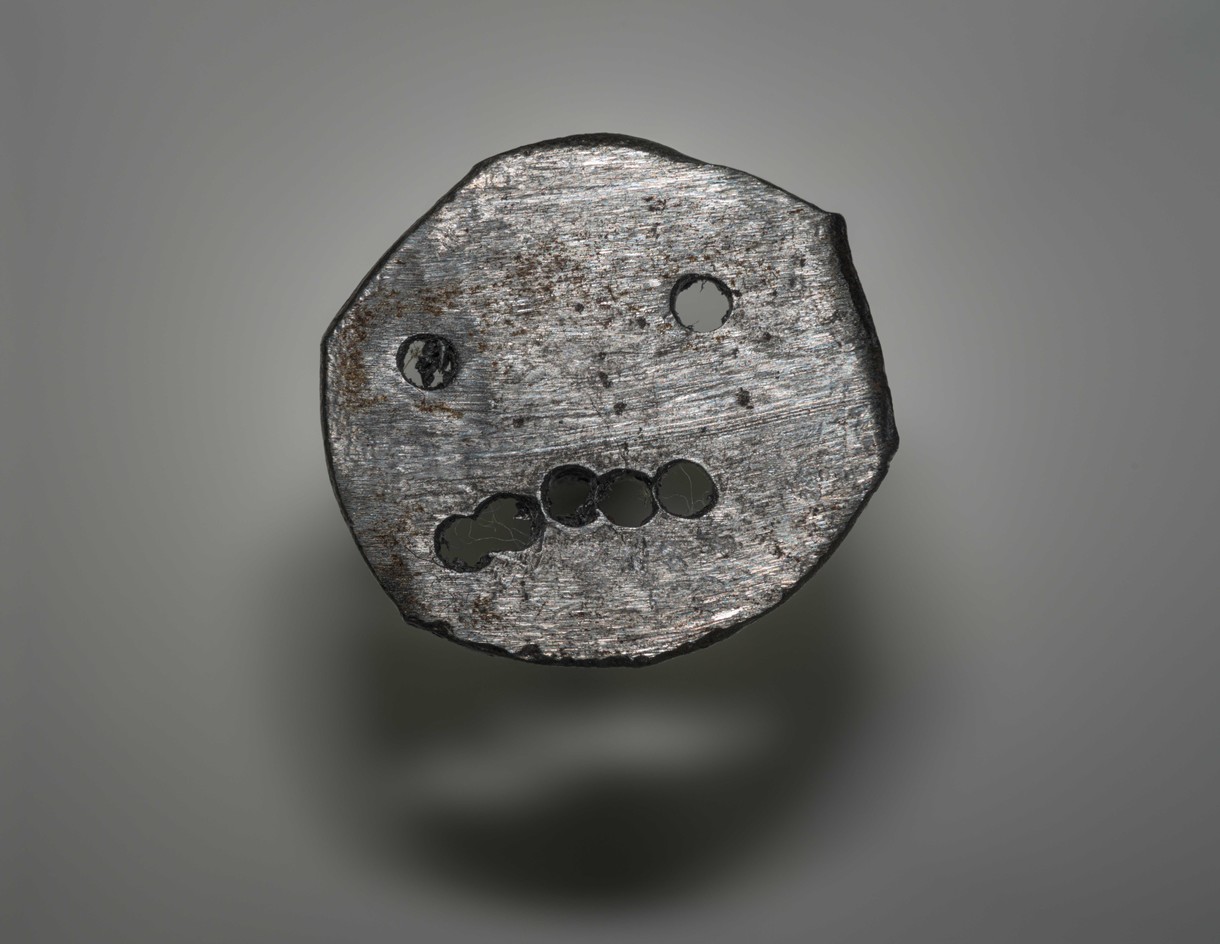
RE: UNCOMFORTABLE SILENCE
In a recent essay Zadie Smith wrote of language as a “verbal container” – like all containers it allows the emergence of some ideas while limiting the possibility of others. The words and terms we choose, or those which are offered to us, “behave as containers for our ideas, necessarily shaping and determining the form of what it is we think, or think we think.” She is discussing writing fiction, defending the right to, and value of, drifting into other imagined bodies and taking a good look around, regardless of their likeness to our own biographical specifics. It is an uncomfortable position to hold in a cultural climate where, Smith argues, “the old – and never especially helpful – adage write what you know has morphed into something more like a threat: Stay in your lane.”
Commentary
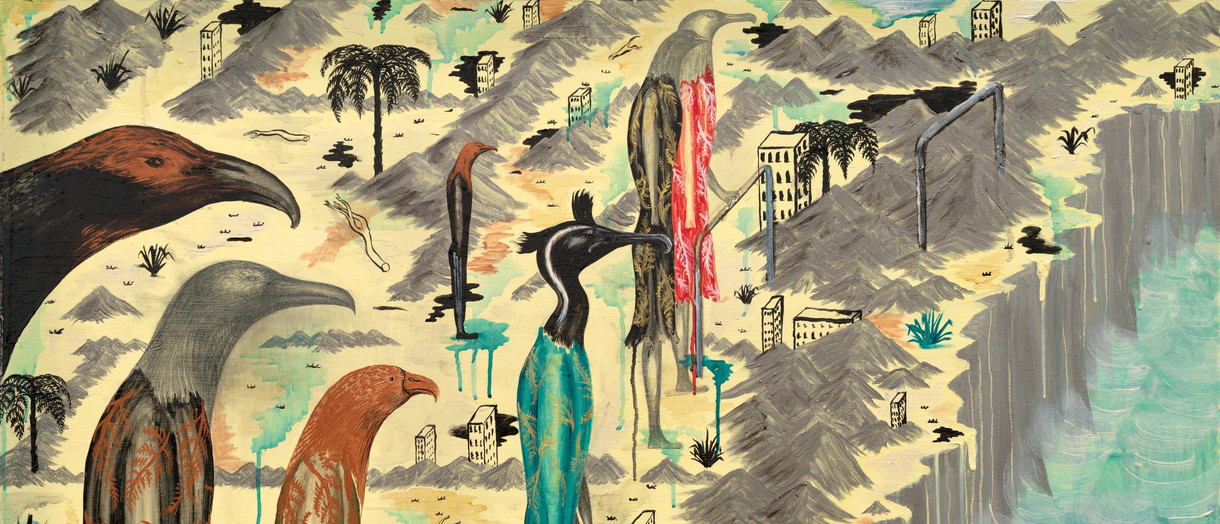
Caveat Collectors
Extinction has claimed nearly fifty per cent of Aotearoa New Zealand’s bird species over the past 650 years. The persistent myth has it that European settlement in the nineteenth century swept away a pristine past. And most obviously, because we know their names and can catalogue (literally) their infamy, that story includes the professional bird collectors as the cause of those extinctions.
Commentary
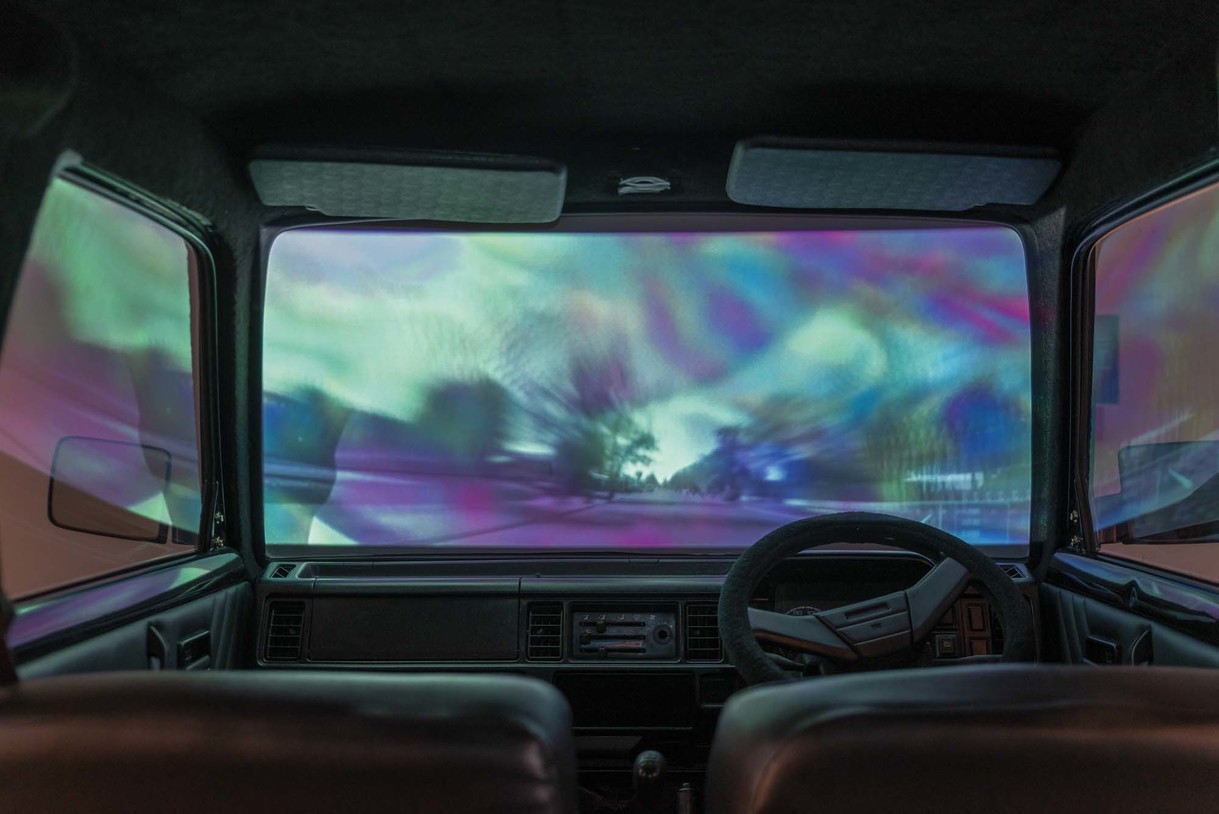
Te Āhua o te Hau ki te Papaioea
The ‘Operation 8’ anti-terror raids in October of 2007 were the culmination of a police investigation that led to the raiding of homes across New Zealand. The raids were conducted after an extended period of surveillance, which was enabled through use of the 2002 Terrorism Suppression Act. In 2013 the Independent Police Conduct Authority found that police had “unnecessarily frightened and intimidated” people during the raids.
Commentary

The World Tossed Continuously in a Riot of Colour, Form, Sound
One hundred and twenty five years ago, after years of political struggle, Aotearoa New Zealand granted all adults the right to vote by extending suffrage to women. To mark this anniversary, for this issue of Bulletin our curators have written about some of the Gallery’s significant – yet lesser-known – nineteenth and mid-twentieth-century works by women. Our intention is to make these paintings, and the cultural contribution of the artists, more visible in 2018.




